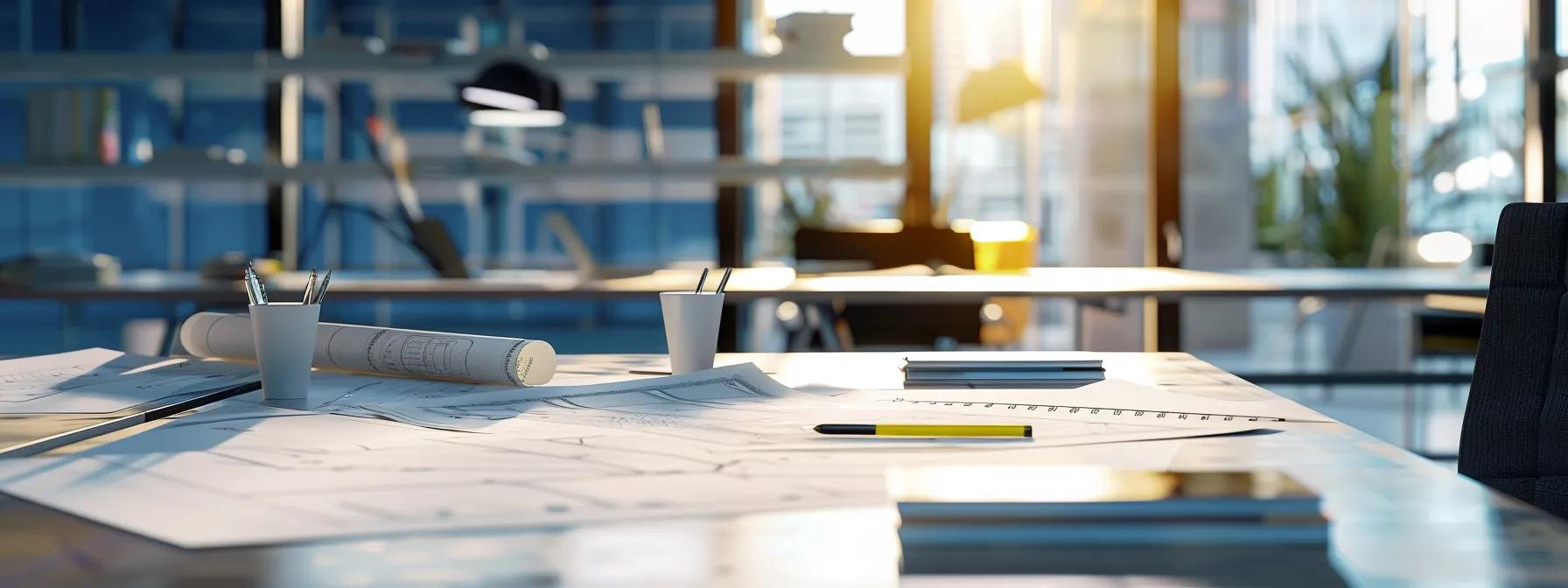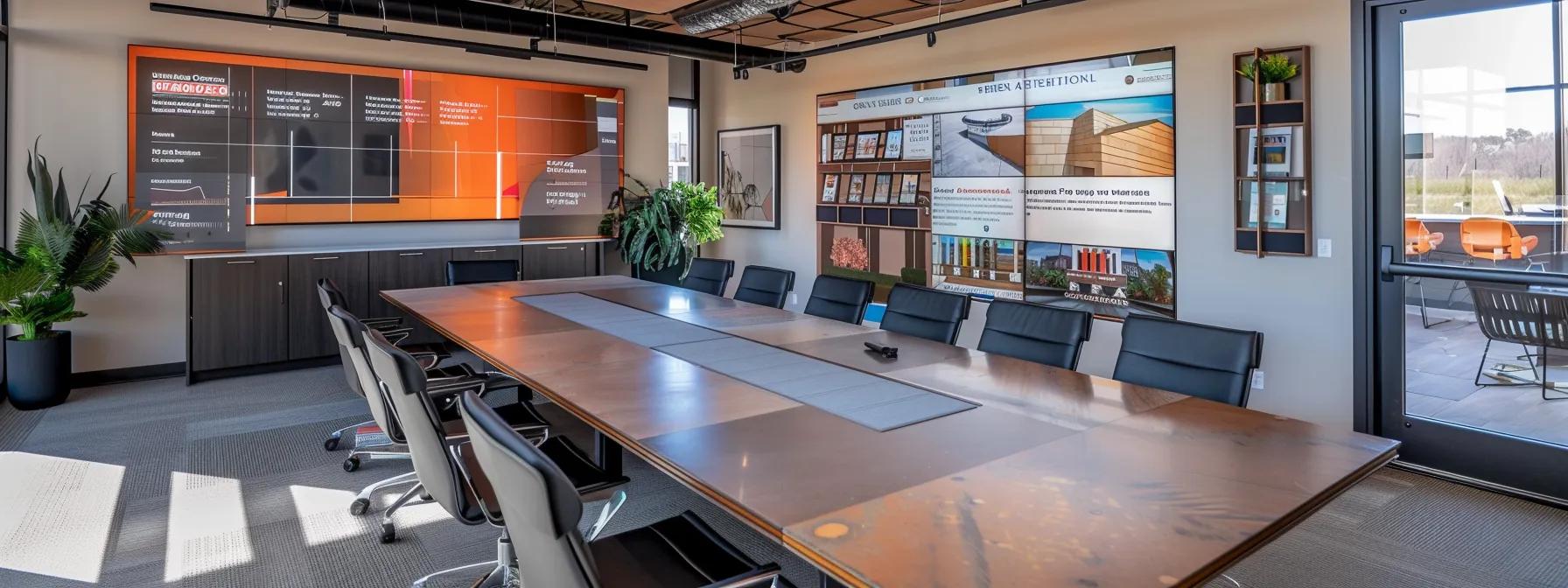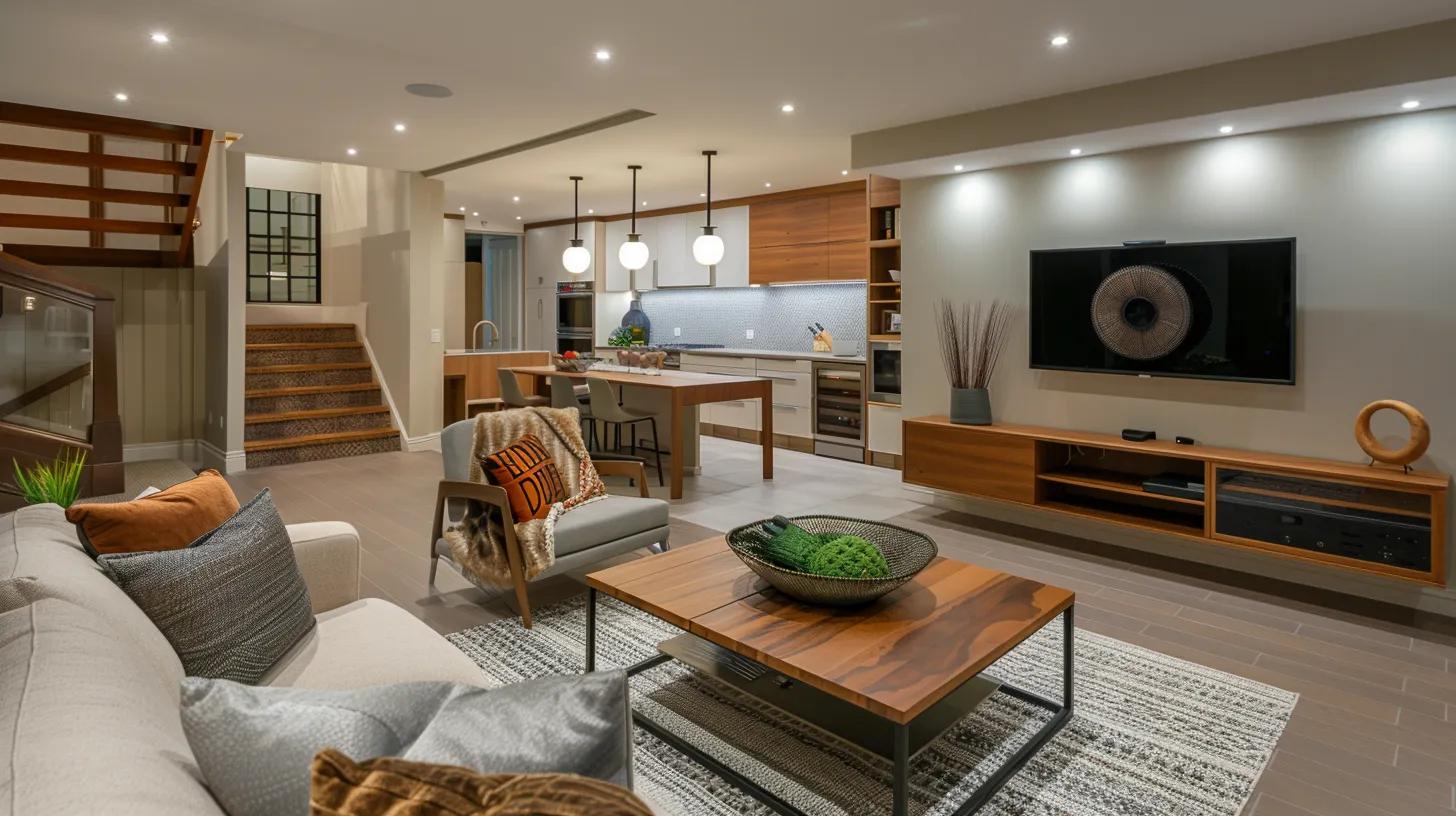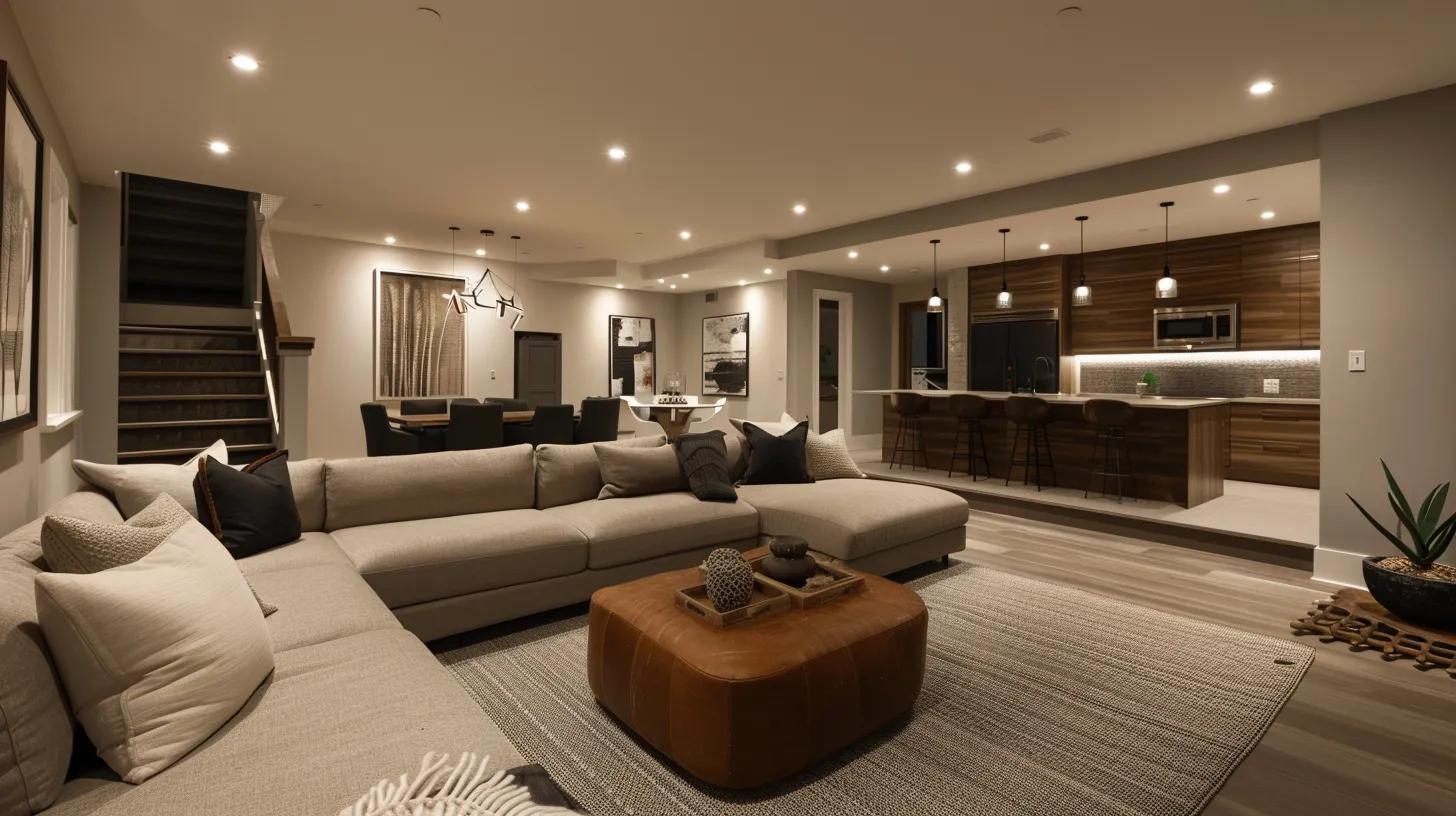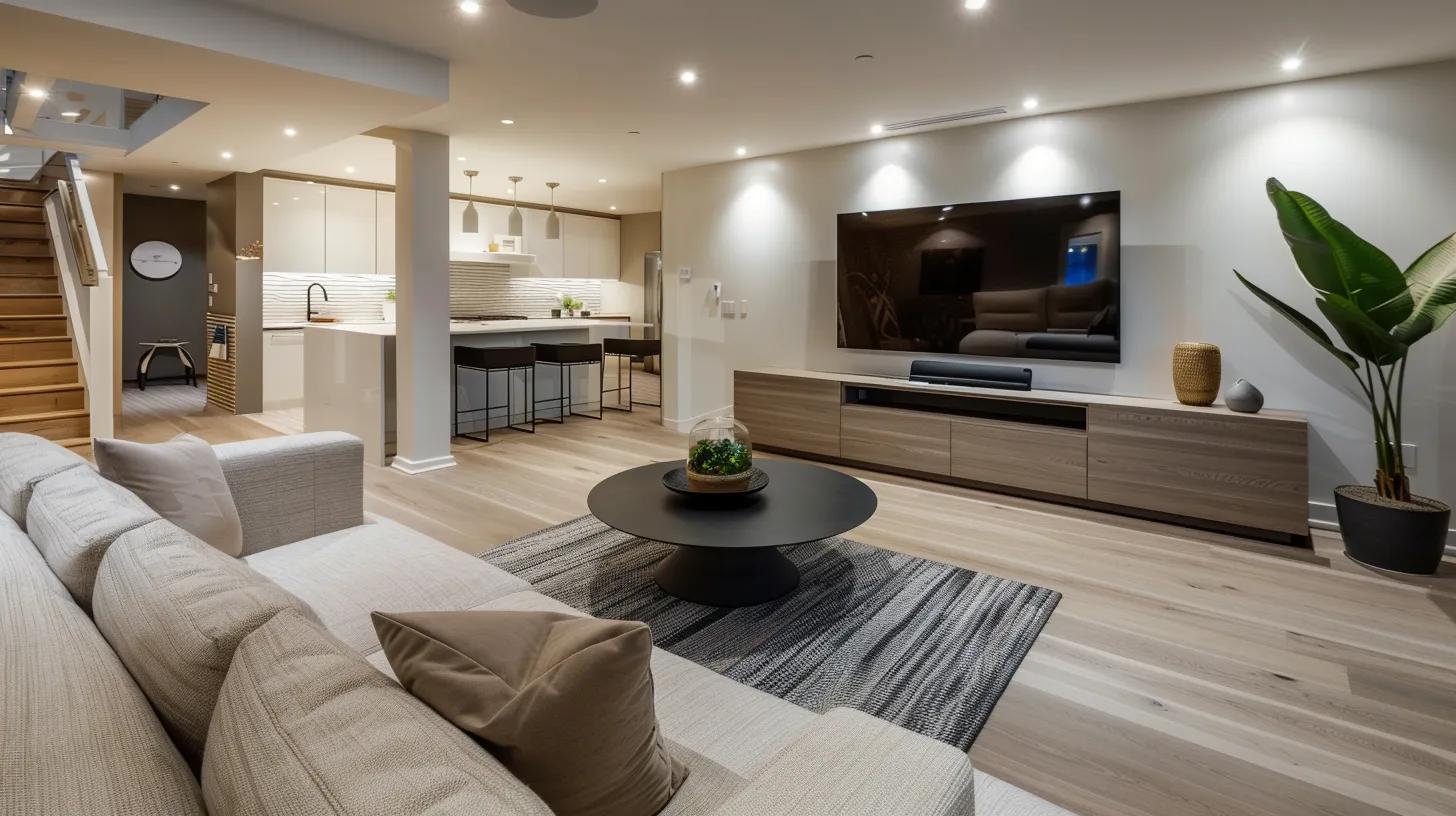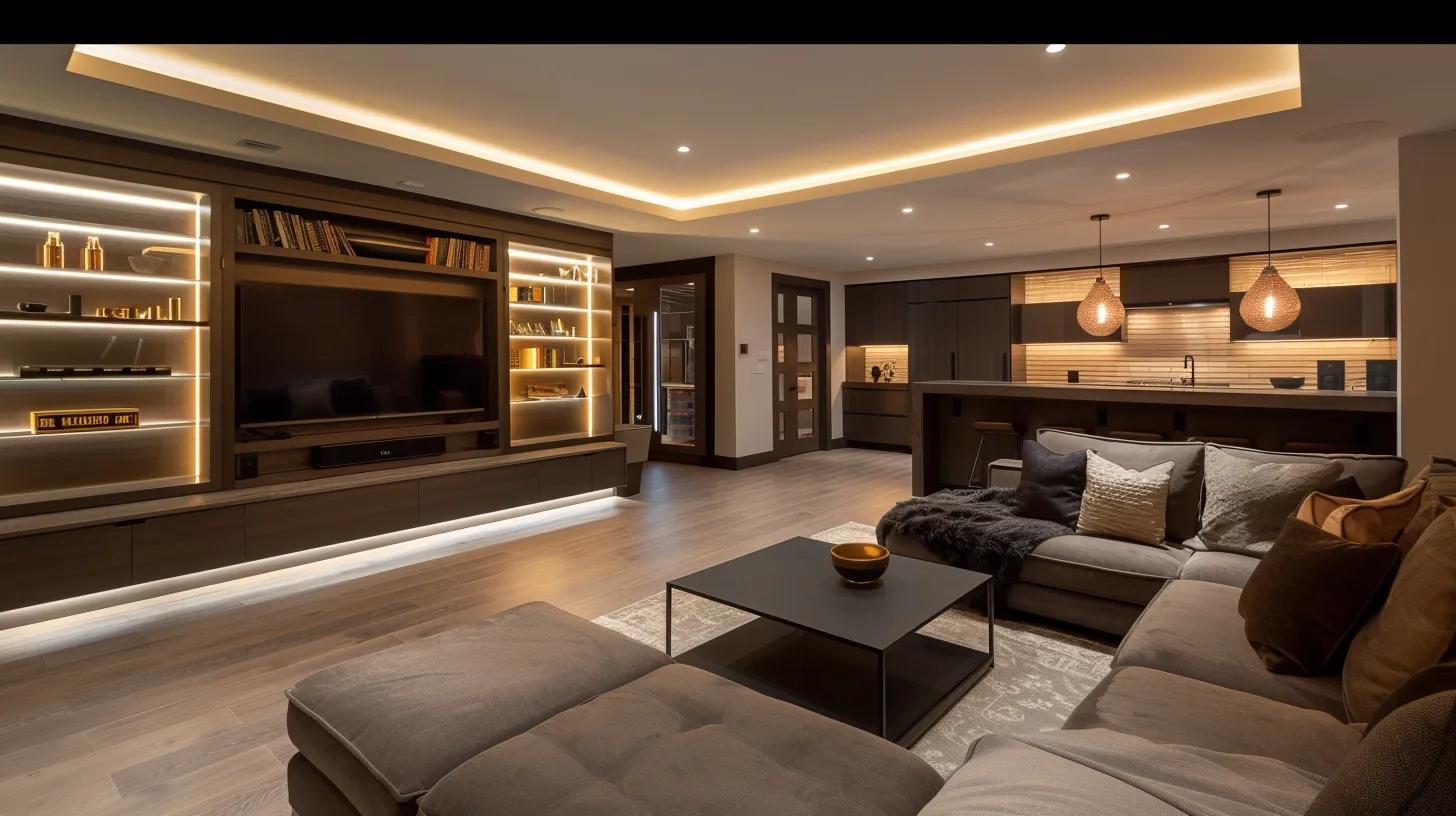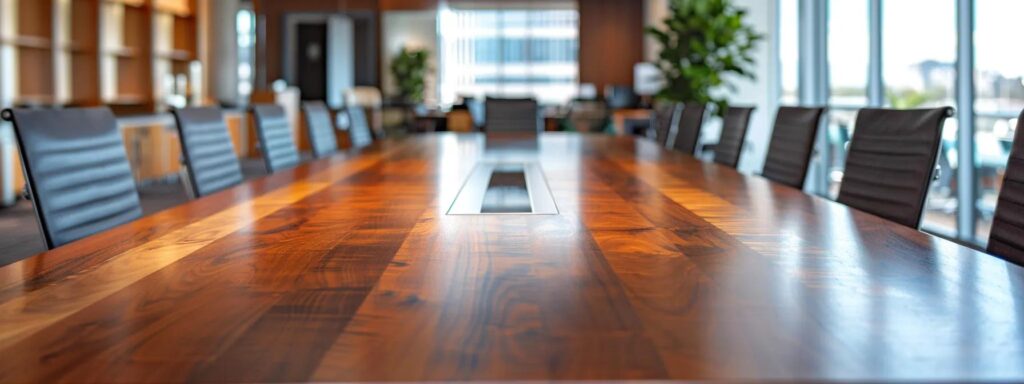
Treated Lumber vs. Composite Materials: Key Advantages and Disadvantages You Should Know
What Are the Main Differences Between Treated Lumber and Composite Materials?
Treated lumber is real wood infused with chemicals to protect against rot, pests, and moisture, while composite materials combine recycled wood fibers with plastic to mimic wood without many of its drawbacks. Treated lumber offers a natural wood grain and texture, whereas composites provide a uniform look and resist fading and staining. Their manufacturing processes and materials determine their durability, maintenance needs, and overall cost-effectiveness for outdoor projects, including
.
How Is Treated Lumber Manufactured and Treated?
High-quality wood is selected and pressure-treated with preservatives like alkaline copper quaternary (ACQ) or copper azole. This process deeply infuses chemicals into the wood fibers, enhancing resistance to decay, termites, and moisture while extending the wood’s lifespan.
What Are Composite Materials Made Of?
Composite materials blend recycled wood fibers with thermoplastics such as polyethylene or PVC. This creates a nearly maintenance-free material that resists mold, mildew, and ultraviolet radiation, eliminating the need for regular staining or sealing.
How Do Appearance and Texture Compare Between the Two?
Treated lumber shows an authentic wood grain and warmth, though it may require maintenance to keep its look. In contrast, composites offer a sleek, uniform finish that appeals to those preferring a modern aesthetic with minimal upkeep.
What Are the Advantages of Using Treated Lumber for Outdoor Projects?
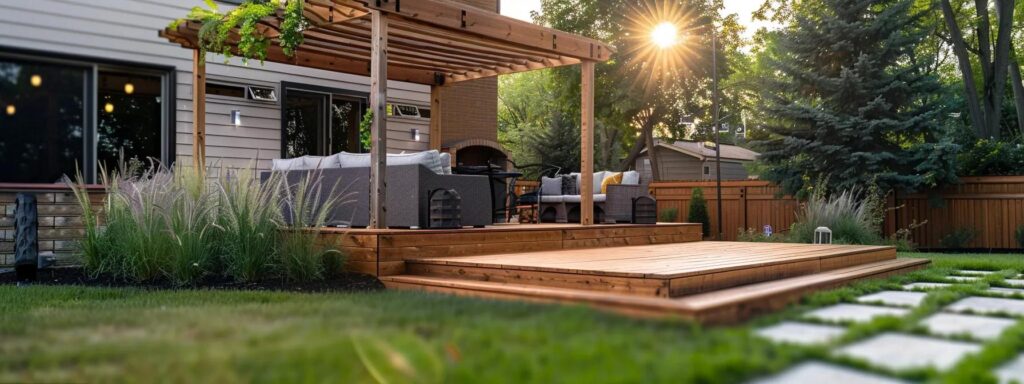
Treated lumber is popular for its durability, natural beauty, and cost-effectiveness. It is widely used for decks, fences, and pergolas, valued for structural reliability, ease of repair, and traditional appearance.
How Does Treated Lumber Perform in Terms of Durability and Strength?
Thanks to pressure treatment, treated lumber resists rot and insects while providing excellent load-bearing strength. With proper maintenance, it can last for decades and meets or exceeds exterior construction standards.
What Are the Cost Benefits of Choosing Treated Lumber?
Its lower initial cost and local availability reduce expenses and transportation needs. Although periodic maintenance such as sealing or staining is required, its long lifespan offers a strong return on investment.
How Does Treated Lumber Handle Environmental Factors Like Moisture and Pests?
The chemical preservatives keep treated lumber resistant to moisture-induced damage, termites, and fungal growth. Regular maintenance helps preserve its structural integrity and appearance in harsh climates.
What Are the Advantages of Composite Materials Compared to Treated Lumber?
Composite materials offer a low-maintenance, long-lasting alternative. They resist fading, staining, and warping, and their uniform texture adds a modern aesthetic to outdoor installations like decks and patios.
How Do Composite Materials Offer Low Maintenance Solutions?
They require little to no sanding, staining, or sealing because they are resistant to mold, mildew, and UV damage. This benefit saves time and money over the lifespan of an outdoor structure.
What Are the Environmental Benefits of Composite Materials?
Using recycled wood fibers and plastics, composites reduce the demand for virgin lumber and lower waste. Their long lifespan and potential for recycling at the end of use contribute to sustainability.
How Do Composite Materials Resist Fading, Staining, and Warping?
Engineered polymer components block UV rays and reduce water absorption, ensuring that composite decks retain their color and structural integrity even in extreme climates.
What Are the Disadvantages and Limitations of Treated Lumber?
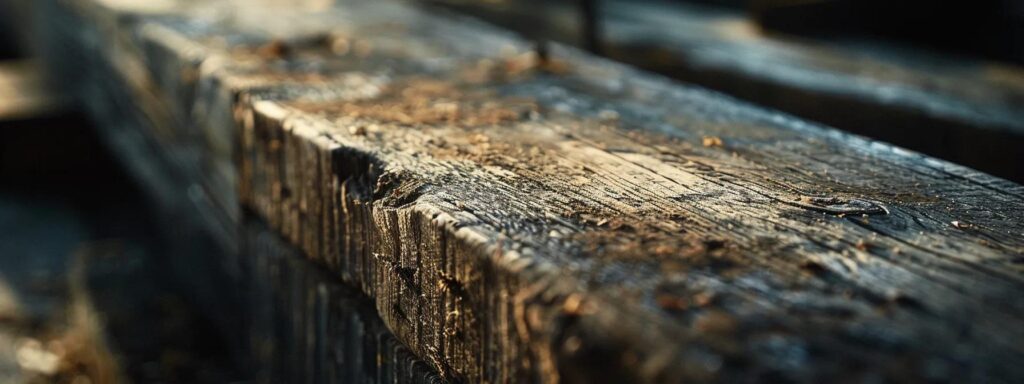
Treated lumber can face issues like weathering, splintering, and the need for periodic maintenance. The chemical treatments, while protective, may raise health or environmental concerns if not handled correctly.
Are There Health or Safety Concerns With Treated Lumber?
The chemicals used in treatment require careful handling during cutting, installation, and disposal. When safety guidelines are followed, treated lumber is generally safe for most projects.
How Often Does Treated Lumber Require Maintenance or Replacement?
Regular maintenance such as sealing, staining, and cleaning is needed to preserve treated lumber’s durability. In some regions, exposure to harsh conditions may accelerate wear, potentially necessitating replacement.
What Are the Common Issues With Weathering and Splintering?
Extended exposure to moisture and UV rays can cause fading, cracking, and splintering. These issues not only affect appearance but can also pose safety hazards if not addressed through proper maintenance.
What Are the Disadvantages and Limitations of Composite Materials?
Composite materials are generally more expensive upfront and may have limitations in structural strength compared to treated lumber. They are best suited for decking and aesthetic applications rather than heavy structural uses.
How Does the Initial Cost of Composite Materials Compare to Treated Lumber?
The higher purchase price of composites can be a barrier for budget-conscious homeowners, even though lower maintenance costs may balance the expense over time.
Are There Limitations in Structural Strength or Load-Bearing Capacity?
While durable, composites sometimes lack the load-bearing capacity of high-quality treated lumber. For projects requiring significant support, additional reinforcement may be needed.
How Do Composite Materials React to Extreme Temperatures and UV Exposure?
Though designed to resist UV damage and moisture, extreme weather can cause composite materials to expand, degrade, or alter in color. Additives help mitigate these effects, but severe climates can still challenge their performance.
How Do Treated Lumber and Composite Materials Compare in Terms of Installation and Project Suitability?
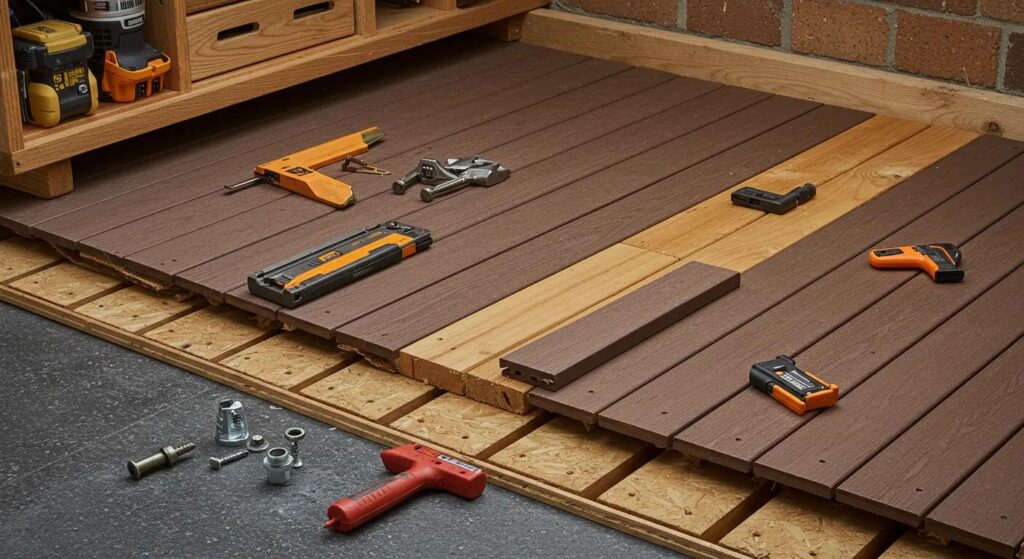
Installation varies between the two materials. Treated lumber is easy to cut and nail with conventional tools, while composites often require specialized fasteners and careful handling due to their density and uniformity.
What Are the Installation Differences Between Treated Lumber and Composite Decking?
Treated lumber typically allows for faster, simpler installation. Composite decking may need extra steps like substructure reinforcement and the use of specific adhesives or clips, potentially increasing labor costs. expert solutions
Which Material Is Better for Specific Outdoor Structures Like Decks, Fences, or Pergolas?
Treated lumber is ideal for structures requiring high load-bearing capability and ease of repair, such as pergolas, stairs, and fences. Composites are better suited for decks and patios where low maintenance and consistent aesthetics are priorities.
How Do Lifespan and Warranty Options Differ Between the Two Materials?
Treated lumber usually comes with shorter warranties (10 to 20 years) and requires regular upkeep, whereas composite materials often have warranties exceeding 25 years, reflecting their engineered durability and resistance to environmental factors.
How Can You Decide Between Treated Lumber and Composite Materials for Your Next Project?
Choosing the right material depends on factors such as cost, maintenance, durability, aesthetics, and environmental conditions. Homeowners should review expert opinions, product warranties, and user experiences to make an informed decision that fits their specific project needs.
What Factors Should Influence Your Material Choice?
Consider regional climate, project purpose, budget, and maintenance expectations. Areas with high UV exposure and moisture may benefit from composites, while those valuing a natural wood appearance might prefer treated lumber.
How Do User Reviews and Expert Opinions Compare on Both Materials?
Experts often praise treated lumber for its authentic look and longevity, while composites are noted for their low maintenance and consistent performance. Reviews can help determine which material better suits specific project requirements.
Where Can You Purchase Quality Treated Lumber and Composite Materials?
Both materials are available at local home improvement centers, specialized supply stores, and major retailers. Online options with detailed warranty and product specifications can also assist in comparing choices.
Frequently Asked Questions
Q: How do treated lumber and composite materials differ in cost over time? A: Treated lumber is initially less expensive but may incur higher maintenance costs, while composites have a higher upfront cost but lower ongoing upkeep expenses.
Q: Can composite materials support heavy loads like treated lumber? A: Generally, treated lumber offers greater load-bearing capacity, making it more suitable for structural projects compared to composites, which are ideal for decks and aesthetics.
Q: Are there any health concerns with the chemicals in treated lumber? A: Some chemicals require careful handling, but following safety guidelines minimizes risks during installation and maintenance.
Q: What maintenance does treated lumber require? A: Periodic sealing, staining, and cleaning are needed to maintain its durability and appearance over time. To learn more about our services, visit our services.
Q: How do composites handle extreme weather compared to wood? A: Composites are engineered to resist UV, moisture, and warping, though extreme temperatures can affect their performance, while untreated wood may degrade faster if not properly maintained.
Final Thoughts
Both treated lumber and composite materials offer unique benefits and drawbacks. Treated lumber provides a natural, traditional look with proven strength, while composites offer low maintenance, uniform aesthetics, and sustainability benefits. By considering factors such as cost, durability, maintenance, structural needs, and environmental conditions, homeowners can choose the material that best fits their outdoor project requirements.

